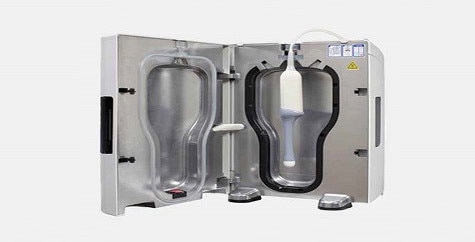GE is committed to helping you automate, standardize and simplify the disinfection and handling of ultrasound transducers from exam to exam. We offer automated solutions for both ultrasound probes and delicate TEE probes.

TEE Probe Reprocessing
TD 100® automated TEE probe disinfector can disinfect a TEE probe in just 17 minutes versus
up to 60 minutes with conventional manual methods. Its simplified process uses a single, fully enclosed disinfectant canister each time. We offer solutions that can help you streamline the many touch points for a TEE transducer - from pre-cleaning
to disinfection, to documentation, transportation and storage.


Ultrasound Probe Disinfection and Care
trophon®2 offers a fast and simple solution for the high-level disinfection of ultrasound probes. Its automated functionality helps ensure consistency in your HLD process, while traceability solutions can help you meet compliance requirements.
trophon® EPR is an environmentally friendly, efficient system for the complete high-level
disinfection of ultrasound transducers. Using proprietary technology, the system helps make the task of high-level disinfection of ultrasound transducers fast and more convenient in just a few simple steps.